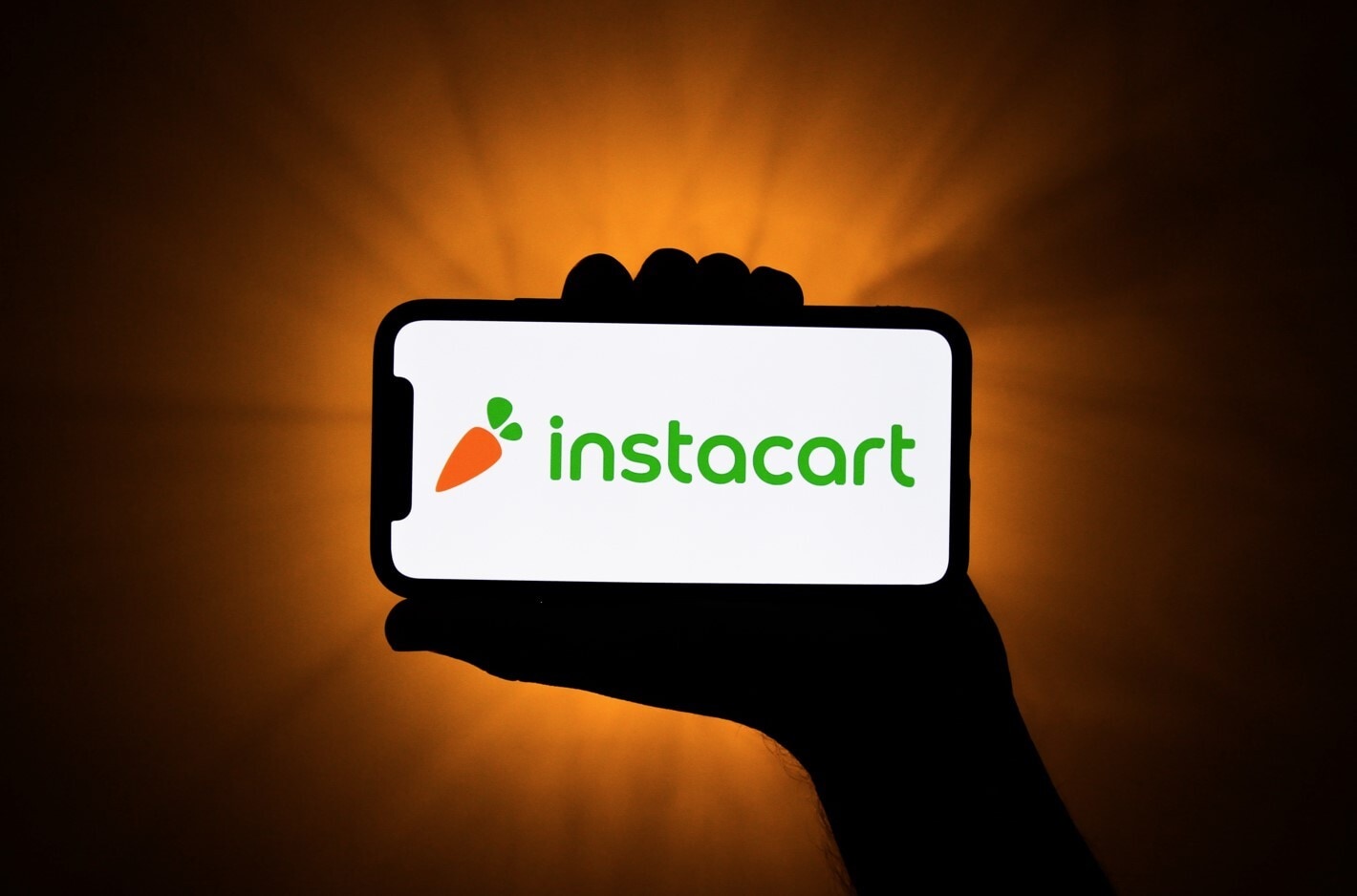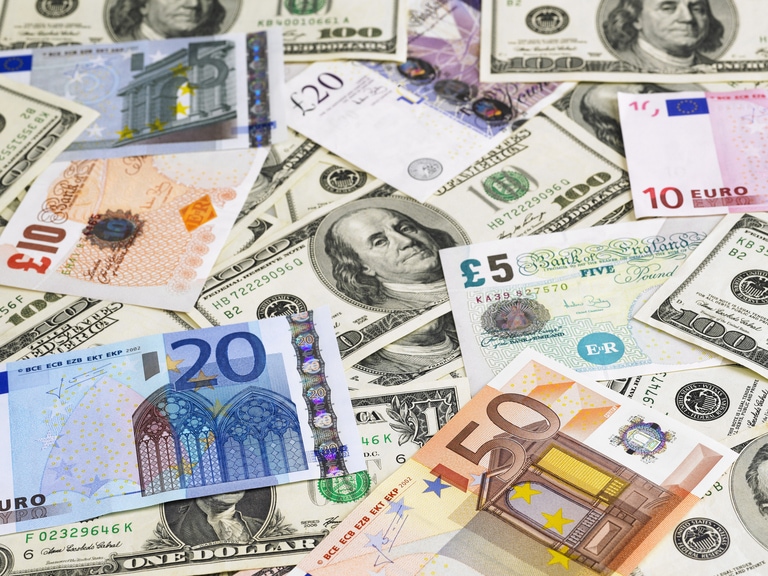After UK chip designer Arm's IPO started simmering across capital markets, the largest grocery-delivery business in the US, Instacart, is getting ready for its debut at the US market open on Tuesday. The filing, under company name Maplebear Inc, will be traded under the symbol CART. Find out more about the second-largest IPO of the year.
Valuation just shy of $10bn
According to the filing on Friday, Instacart has set the IPO price at $30 per share, the top end of the indicative price range. It is expected to offer 22 million shares and is seeking to raise $660 million, which implies a market valuation of $9.9 billion. There will be 14.1 million shares from the company and 7.9 million from existing shareholders. Notably, the offering price range jumped from the initial offer of between $26 and $28 following the Arm IPO, suggesting Instacart sees better opportunities for its long-awaited debut plan.
However, the valuation of the business has been shrinking significantly from its first round of private funding in 2021, when it raised $265 million on a valuation of $39 billion. Goldman Sachs was hired to help set up its market debut in 2021. Barclays Bank, Bank of America Securities, Citigroup, and JPMorgan were the other managers of the offering at this time.
What does Instacart do?
Instacart is based in San Francisco in the US, incorporated as Maplebear, and was founded in 2012. Instacart provides grocery delivery services that help customers get groceries from their appointed stores delivered right to their doorsteps. The company offers its services through its website and mobile app, similar to DoorDash and Uber Eats. The company started the business model to get contract workers to deliver goods, which benefited from the pandemic era in 2021. Big retailers, such as Kroger, Costco, and Wegmans, are among Instacart’s major customers. However, its valuation has been shrinking amid the post-pandemic slump. The company started transitioning its delivery-concentrated business to an ads and software-driven business recently.
Instacart starts turning profitable
According to the SEC filing, Instacart has “a history of losses,” and the business only “recently began generating profit,” with a net income of $428 million for the year ended 31 December 2022, from a net loss of $70 million and $73 million for the years ended 31 December 2020 and 2021. Net income was $242 million for the first six months ended 30 June 2023, up from a net loss of $74 during the same period last year.
The company’s revenue rose about 31% year on year to $1.48 billion in the first six months ended 30 June 2023. Its main revenue contributor, the gross transaction value (GTV), rose 16% year-on-year to $28.8 billion in 2022. GTV was up 4% to $14.9 billion in the first six months, with a profit margin of 75%, up from 68% in the first six months of 2022. A healthy profit margin might be something that attracts investors.
While GTV is the main driver of Instacart’s revenue growth, the company has started building ad offerings to brand partners. Though this is still in an "early stage", the division is seen as the key future growth driver of its business.
A price-to-rarnings ratio (P/E) of 28
Instacart’s major competitors are other food-delivery companies, such as DoorDash, with a market cap of $32 billion, but DoorDash is still in loss. Hence, the two companies might not be comparable in terms of their P/E ratios. The IPO price of $30 implies a P/E ratio of about 28 times for Instacart, based on its earnings report for the fiscal year 2022, which can be considered reasonable at a 16% revenue growth and a 75% profit margin. A P/E ratio of 30 is the level of big techs like Apple, Microsoft, and Meta platforms, but these companies have seen a slowdown in their revenue growth in the second quarter.






